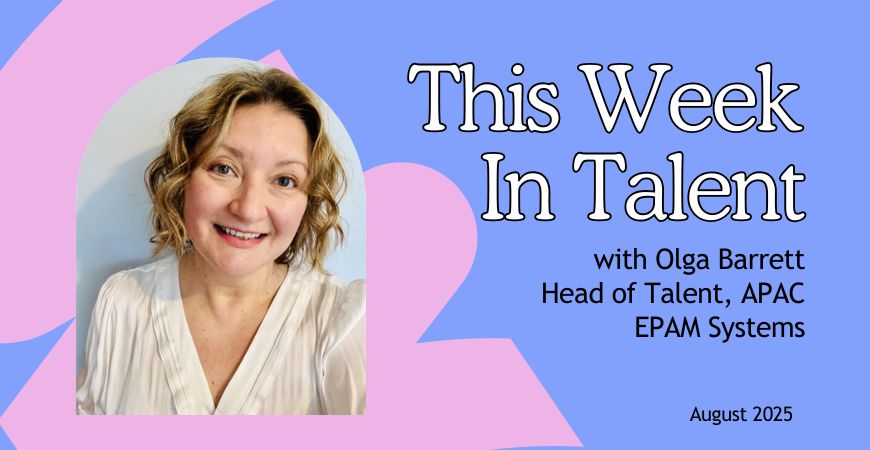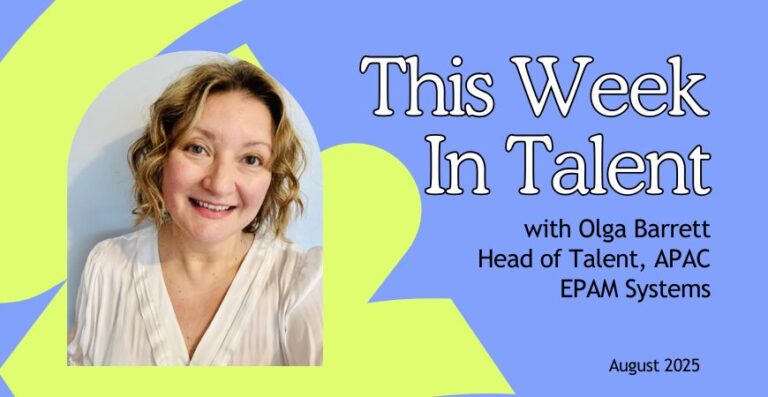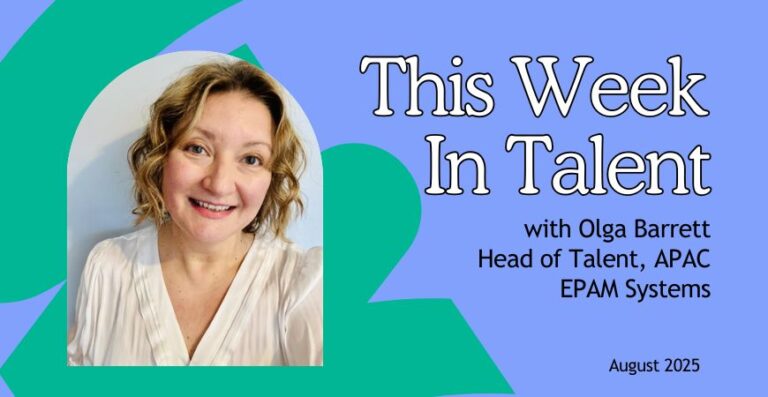What are the most misused business words ever? Besides ‘strategy’, ‘solutions’, ‘alignment’ and ‘synergy’ and all these value-vomit expressions with the charisma of stale carrot juice and not much meaning behind? We all know a couple of ‘thought leaders’ constantly ‘disrupting’ while ’empowering and circling back’. Sometimes even twice before breakfast.
I bet ‘Agile’, used frivolously, made a lot of good folks roll their eyes so far back it’s medically concerning.
And why so? Because too often ‘Agile’ means ‘we have no deadlines or planning’, ‘we react to every whim’, ‘need for speed, quality is secondary’. In fact, any mess can be justified as an ‘Agile approach’, and if you dare ask for structure or sanity, you risk being labelled ‘rigid’.
I’m sure many know Agile’s origins – the Agile Manifesto, born when developers, sick of siloed work, realised the only way to satisfy customers was through collaboration. Instead of praying for a ‘big bang’ launch, they championed delivering results incrementally. After all, the only way to eat an elephant is one bite at a time.
The Shift to Agile: Survival of the Quickest
2021 was a good year for recruiters. The business was recovering after COVID, and the recruitment industry had a big comeback. Demand was abundant, budgets were hefty and teams were big. Good old times. Things changed drastically soon after, and the recruitment industry went down the rabbit hole of budget cuts, rise of the machines with AI overlords, and political and economic hiccups that made businesses clutch their purses very close to their proverbial chests.
How did Agile start for APAC TA at EPAM?
With geographical expansion, demand surges and spikes, high volume of niche roles and business pressures to keep productivity up and cost per hire down came some big changes. Working just in your locale with occasional ‘support’ from others was not an option anymore. Before adopting Agile, we had to embody its core principle: being agile – able to move quickly and easily. When role surges hit, we assembled cross-border project teams (TA Leads, Ops, Sourcers, Marketing). These teams formed and dissolved like pop bands – here for the tour, gone when the album flopped.
Did it give our team members exposure to around 10 countries? Hell yes! Was it challenging? Absolutely. Was everyone comfortable doing it? Not at all, which was again, totally fine, as we play to our people’s strengths, and those not participating in cross-country pollination had plenty. That was the start of our Agile journey.
The Skills Matrix: More Flavours Than a Bag of Skittles
How did we shape the teams? EPAM has an extensive skills taxonomy, but we ended up coming up with our own extra layer of a skills matrix that involved knowledge of different languages, exposure to hiring across different countries, specialisation, volume versus niche hiring, the level of stakeholder seniority, ability (proven/potential) to manage a project and lead a project team, talent sourcing, and candidate engagement.
Of course, these roles have got more flavour and colour other than non/urgent and easy/hard to fill.
T-Shirt Sizing: When One Size Doesn’t Fit All
One of the methodologies in Agile is T-shirt sizing for Agile project estimation. The projects or user stories’ complexity is measured accordingly – XS (small quick tasks under 1 hour) up to XL (very large tasks that might need to be broken into smaller ones).
In TA, however, the dimensions that describe a requisition can be quite varied. You need to be aware of market capacity, market penetration, urgency, complexity of the skillset, how cooperative/picky/specific the hiring manager would be and many more.
Could you pack it all in a T-shirt description? One size doesn’t fit all unfortunately, and we are still looking for a way to classify our roles. So, the TA leads would have the task of keeping in mind their people’s capacity and how their strengths coincide with the roles in question, to ensure people don’t burn out.
Stakeholders – all aboard!
As we organised our kitchen, we, of course, did not forget stakeholders. In many instances, one of the biggest frustrations of the TA function is that, let’s be honest, we are not the final decision makers. We can polish and optimise our processes to no end, but the hiring decision lies somewhere else. When it comes to staff augmentation projects, this decision might be even well outside your company.
So, success in TA is definitely a combined effort, and ensuring that interviewers and stakeholders are indeed members of the development or hiring team in this whole Agile process is essential.
How it works for us? We…
- Define the roles
- The Product Owners (TA Lead + Head of Delivery) manage hiring needs, prioritise roles, and define the recruitment backlog.
- The Scrum Master (TA Recruiter) oversees the recruitment process, removes obstacles, and ensures compliance with Agile practices.
- The Development Team, consisting of TA, hiring managers, delivery, business and interviewers, collaborates to execute the recruitment process.
- Monitor Backlog: Keep an eye on the open reqs and prioritise them based on business needs and rate complexity (hello, T-shirts)
- Kick-off with all involved
- Provide post-kick-off commitment and plan: Within 24-48 hours post kick-off, the TA team develops a plan and shares it with the development team. The plan covers warm pipelines, sourcing strategies, referral campaigns, agency/consultancy use, stakeholder support, market data collection and first sprint targets.
- Plan sprints
- Determine sprint duration based on hiring urgency and team capacity.
- Set clear goals for each sprint.
- Allocate tasks to team members and ensure everyone understands their responsibilities.
- Stand-ups to review progress, address blockers, plan tasks.
- Do Sprint Reviews: Review progress toward goals, discuss blockers, role priorities, and support requirements while planning targets for the next sprint. Use insights to refine strategies and improve outcomes.
- Review. Adapt. Measure. Retro.
- Conduct a sprint retrospective to evaluate successes, challenges, and areas for improvement.
- Measure success through key metrics and update the recruitment backlog based on feedback and evolving business needs.
- Use insights to enhance future sprints.
The biggest takeaways from this setup
TA sets goals and makes commitments, but their ability to honour the commitments might depend on removing blockers that lie within the stakeholder’s remit. It is essential to understand what the real blockers are (what we can control/change) rather than things we cannot really impact, as extensive focus on the latter results in good old rant sessions, which are important but don’t really help solve the problem.
In other words – we cannot change market capacity, but we can expand geography and review the hard requirements, hence the blocker to address is not the market (as in, what are you going to do with it?) but the extra budget required for relocation or/and review of the requirements.
Another important point – for TA being vocal about the blockers and not stopping until you get an idea when/how the blocker is going to be resolved. In other words…My blocker becomes your commitment, Stakeholder
How to get stakeholders on board?
If you deal with technical recruitment – your stakeholders are going to be super happy. You might even start getting along with them better as coming up with things like that definitely makes them think that you’re one of them. A few helpful (hopefully) tips:
- Write an Agile Recruitment Manifesto in the shape of FAQs
- Go heavy on efficiency gains, workflow changes, RACI matrix
- Be generous with examples
However, all the above does not mean that Agile recruitment fits all. It works well when you need to scale teams fast and priorities are ever-changing; you operate on competitive talent markets where you lose candidates fast; you deal with project-based hiring and/or remote and distributed teams; and of course, digital and tech roles.
If you operate in highly regulated industries (government, finance) where compliance requires rigid steps, you deal with low-turnover, standardised roles, it’s a family business and regardless of what requirements are everyone knows it’s going to be Pete’s nephew, and your stakeholders exhibit the enthusiasm of a wet sock when you talk to them about Agile, then Waterfall away, leave Agile to us, cool kids.
For the rest of us, cool kids? It’s worth a shot. And even if it does not work out, as Terry Pratchett said, ‘Coming back to where you started is not the same as never leaving.’







